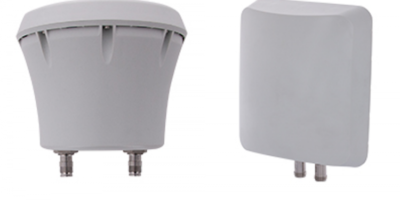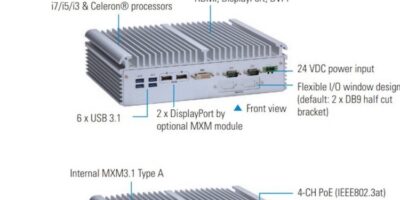Laying the foundations of an interoperable, global internet of things (IoT) ecosystem, the Global Certification Forum (GCF) has announced the immediate availability of its oneM2M certification programme, following an official memorandum of understanding earlier this year with the Telecommunications Technology Association (TTA).
The standardisation body for machine to machine (M2M) and the IoT has over 200 partner members including global standards bodies and companies from the IT and telecomms sectors. It says that the advent of 5G and “the prolific growth of IoT connectivity, the oneM2M certification is critical to the standardisation of converging technologies from multiple industries, ensuring scalability, interoperability and security”.
“The launch of our global oneM2M certification programme today means that manufacturers of M2M devices will have access to a simplified interface for all their certification requirements,” said Lars Nielsen, CEO and general manager, Global Certification Forum. “Together with our 5G certification programme, we can now provide a suite of certification solutions for the smart connectivity space that will guarantee the sustained success of IoT deployment as it takes off.”
“The exponential growth of the M2M and IoT market can only succeed with standardisation, which is why we work with partners like GCF and TTA,” said Roland Hechwartner, technical plenary chair at oneM2M. “The availability of this GCF certification programme means a guarantee of seamless operability for developers who are building applications with data from multiple different sources or deploying devices that use a plethora of communication technologies,” he added.
The oneM2M certification from GCF can be applied for at http://onem2m.globalcertificationforum.org.
The Global Certification Forum was founded in 1999. It defines the certification requirements for the mobile industry by working closely with 3GPP, a global co-operation of independent standardisation committees, (ARIB, ATIS, CCSA, ETSI, TSDSI, TTA, TTC), that define specifications for wireless standards. It brings together around 140 of the world’s leading manufacturers, operators and the test industry.
oneM2M is the global standards initiative that covers requirements, architecture, API specifications, security solutions and interoperability for M2M and IoT technologies. The initiative was created in 2012 and consists of international standards development organisations: ARIB (Japan), ATIS (U.S.), CCSA (China), ETSI (Europe), TIA (U.S.), TSDSI (India), TTA (Korea), and TTC (Japan), together with industry consortia (CEN, CENELEC, GlobalPlatform, OMA SpecWorks) and over 200 member organisations.
oneM2M specifications provide a framework to support applications and services such as the smart grid, connected car, home automation, public safety, and health. oneM2M actively encourages industry associations and forums with specific application requirements to participate in oneM2M, in order to ensure that the solutions developed support their specific needs.
http://onem2m.globalcertificationforum.org







